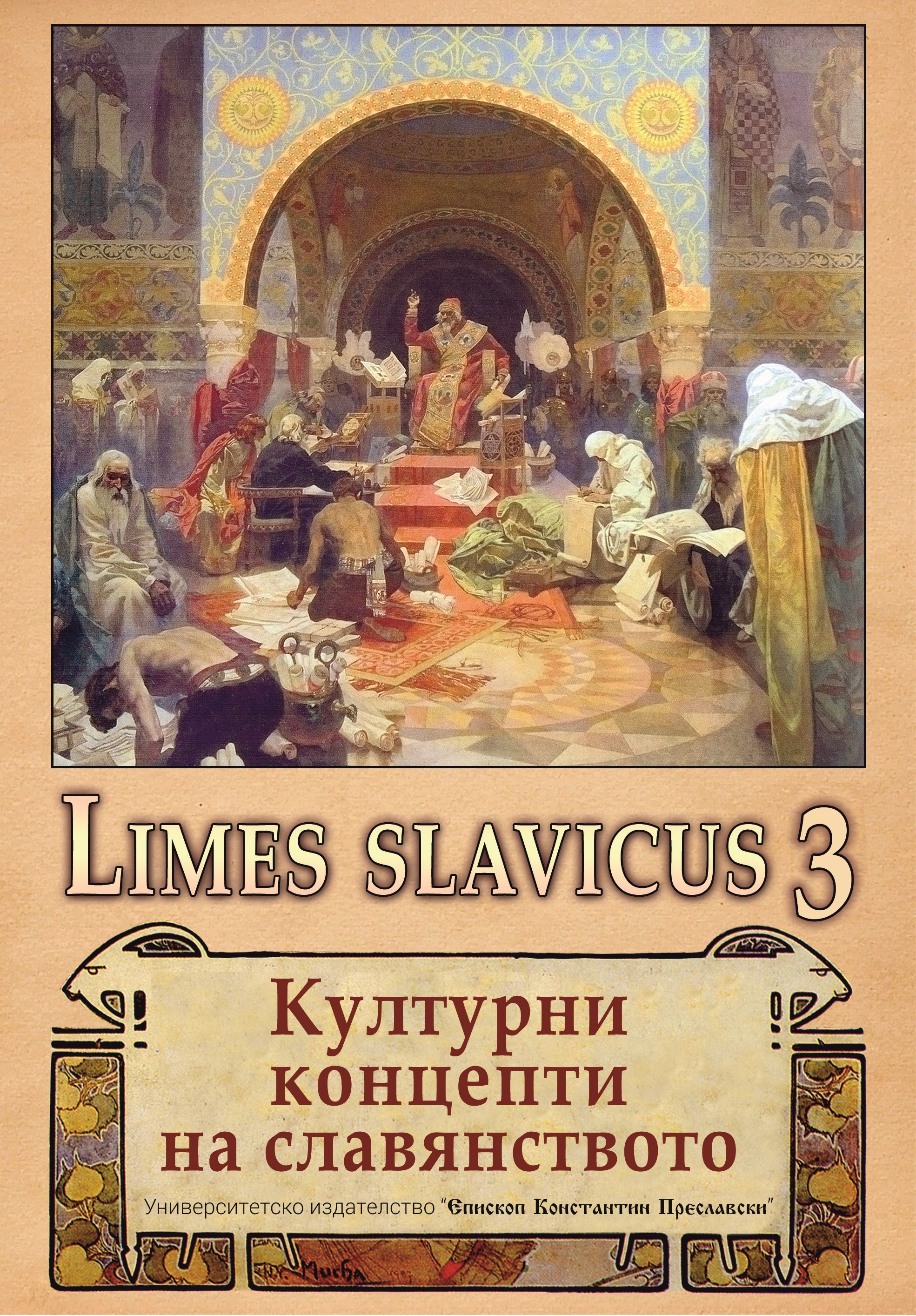Medzi h Hungarizmom a Slavizmom (formovanie kolektívnej identity slovákov v časoch osvietenstva na prelome 18. a 19. storočia)
Between Hungarizm and Slavism (Formation of the collective identity of Slovaks in the age of Enlightment of the 18 and 19 th century)
Author(s): Peter KášaSubject(s): Language studies, Language and Literature Studies, Western Slavic Languages
Published by: Шуменски университет »Епископ Константин Преславски«
Keywords: Enlightenment; nation; language; literature; hungarus; Slavism
Summary/Abstract: Slovakia (Slovak Landscape, Slovak Land, “Ober Ungarn”) has been for centuries only an imaginative ethnic community without its own political and state institutions and a single economic base. The Slovak national movement began to form during the period of enlightenment. Since the middle of the 18th century, the Slovak elites, who continually defended the autochthonity of Slovak ethnicity, their own tradition, culture and language, have also been respected by the traditional and functional imperial and royal institutions: the Viennese religious laws and the Hungarian legal system. The open dialogue of cultures turns into strong national monologues and emphasizes national unity and exclusivity. The language of the ethnic communities atomized, differentiated and delimited according to the principle, “We (ours) and Thy (strangers)”. The common and codified language has created collective standards and has been transformed into a symbol of national unity, collective selfdetermination and self-confidence.
Journal: Limes Slavicus
- Issue Year: 2018
- Issue No: 3
- Page Range: 93-99
- Page Count: 7
- Language: Slovak

